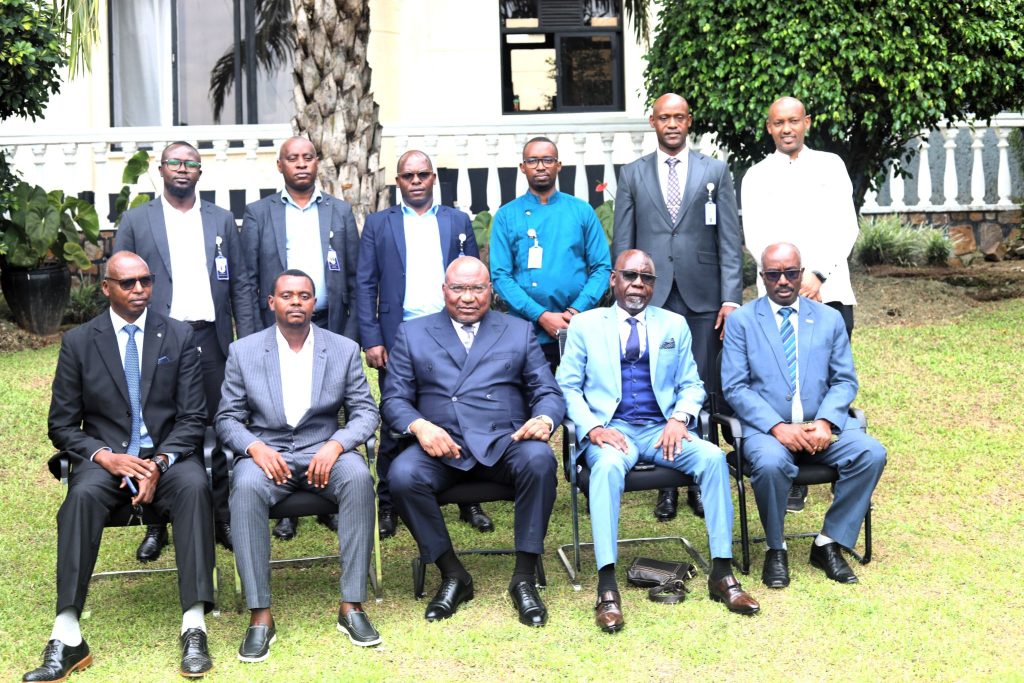Overview
Comoros faces unique challenges due to its island geography and fragmented infrastructure. In mid-2020, HISP Rwanda partnered with the Comoros Ministry of Health to deploy a cloud-hosted DHIS2 platform optimized for maternal and child health, immunization, and community-level data capture. This post details the implementation of a mobile DHIS2 Capture app, capacity-building initiatives, and the notable improvement in immunization coverage.
Objectives
- Cloud-Based DHIS2 Deployment: Leverage AWS hosting to ensure system reliability despite local infrastructure constraints.
- Mobile Data Entry Pilot: Equip community health workers with an offline-capable DHIS2 Capture app for maternal & immunization data.
- Improve Immunization Tracking: Provide EPI managers with real-time dashboards tracking vaccine coverage across all islands.
- Build Local Capacity: Train over 150 users in French and Comorian to ensure sustainable system management.
Pre-Implementation Assessment
- Connectivity Analysis: Identified that 3G/4G coverage was adequate in Malé and Anjouan but limited in Mohéli. Decided on AWS-hosting to circumvent local data center limitations.
- Indicator Mapping: Collaborated with the Expanded Program on Immunization (EPI) to define data elements for BCG, pentavalent, measles, and rotavirus vaccines, and key maternal health metrics (ANC visits, safe deliveries).
- Resource Needs: Determined need for 48 tablets, one per community health zone, plus solar chargers to mitigate power instability.
Implementation Strategy
1. AWS-Hosted DHIS2 Configuration
- Server Setup: Deployed a secure, auto-scaling DHIS2 instance on AWS, ensuring redundancy across availability zones. Configured daily snapshots and multi-region backups.
- Localization: Translated all DHIS2 interfaces and help texts into French and Comorian (Shikomori) languages.
- Role-Based Access: Defined user roles: national administrators, provincial supervisors, community health workers (CHWs), and EPI managers.
2. Mobile DHIS2 Capture App Rollout
- App Configuration: Configured the DHIS2 Capture app to include maternal health and immunization forms. Added default offline settings with preloaded CSV files for facility lists and data elements.
- Device Distribution: Procured 48 rugged tablets with 64GB storage and solar power kits. Tablets were preconfigured, and CHWs received one-on-one handover sessions.
- Training & Hands-On Sessions: Conducted four-day intensive workshops in Moroni, covering app installation, offline data entry, synchronization protocols, and basic troubleshooting.
- Data Synchronization Protocol: CHWs were required to sync data weekly at designated hubs in Moroni, Anjouan, or Mohéli when 3G coverage permitted. Advanced users could also upload data via micro-SD card transfers at nearby health centers.
3. Dashboard Development for Immunization Tracking
- EPI Dashboard: Built a real-time dashboard displaying monthly vaccine coverage by district and age cohort. The dashboard flagged districts below 80% coverage for immediate outreach.
- Stock Management Module: Integrated vaccine stock levels into DHIS2, allowing EPI managers to monitor cold chain status and prevent stock-outs. Automated email alerts were set up when stock levels fell below two-week thresholds.
4. Capacity Building & Mentorship
- Quarterly Workshops: From August 2020 to March 2021, HISP Rwanda held quarterly data use workshops in Moroni. Participants included 150 data clerks, nurses, and EPI officers. Topics covered data quality, dashboard interpretation, and action planning.
- Mentorship Program: Established a mentorship network pairing CHWs with district data managers. Mentors provided weekly check-ins via WhatsApp to address data entry issues and sync errors.
5. Data Quality Assurance
- Validation Rules: Implemented validation checks: e.g., child age must match vaccine schedule age, ANC visit date sequence checks, and mandatory fields for location coordinates.
- Monthly Data Audits: A team of HISP data specialists conducted remote QA reviews using AWS-hosted DQ scripts, generating monthly error reports for facility teams to correct.
Impact
- Immunization Coverage Gains: National coverage for pentavalent and measles vaccines increased from 67% pre-intervention to 85% within six months.
- Maternal Health Metrics: ANC1 reporting rose from 42% to 76% of expected pregnancies, enabling timely referrals for high-risk pregnancies.
- Reduced Duplicate Entries: Offline sync logic prevented CHWs from creating duplicate patient records, cutting data cleaning time by 30%.
- Enhanced Data Use Culture: EPI managers began using dashboards to redistribute vaccines proactively, reducing stock-out events by 20%.
Partners
- Ministry of Health, Comoros: Led policy, endorsed AWS hosting agreements, and allocated staff for national coordination.
- UNICEF Comoros: Funded tablet procurement, solar charger distribution, and facilitated training logistics.
- World Bank: Sponsored AWS infrastructure costs and supported CHW stipend program to encourage timely data synchronization.
- Plan International: Assisted in community engagement, ensuring mothers understood the importance of ANC and vaccination schedules.
Challenges and Mitigation
- Geographic Dispersal: Islands’ separation made centralized training logistically challenging. We flew trainers to each island and scheduled local sessions.
- Power Instability: Frequent outages in rural health posts. Solar kits ameliorated power concerns, though some CHWs reported insufficient sunlight during monsoon months—leading us to source upgraded portable power banks.
- Language Barriers: While French was the official language, many CHWs spoke Shikomori dialects. We provided bilingual job aids and recruited local trainers to translate key concepts.
Lessons Learned & Next Steps
- Cloud Hosting is Advantageous: AWS-based DHIS2 ensured high availability, even when local infrastructure faltered.
- Community Engagement Enhances Adoption: Regular check-ins and local training improved CHWs’ confidence in using the app.
- Sustainable Mentorship Networks: Empowering local district mentors helped circumvent high turnover of central staff.
Future Plans: By mid-2025, HISP Rwanda aims to integrate DHIS2 with RFID-enabled cold chain sensors for real-time vaccine temperature monitoring across all five islands. In addition, we will pilot a geo-tagged mapping feature to visualize immunization outreach coverage.
